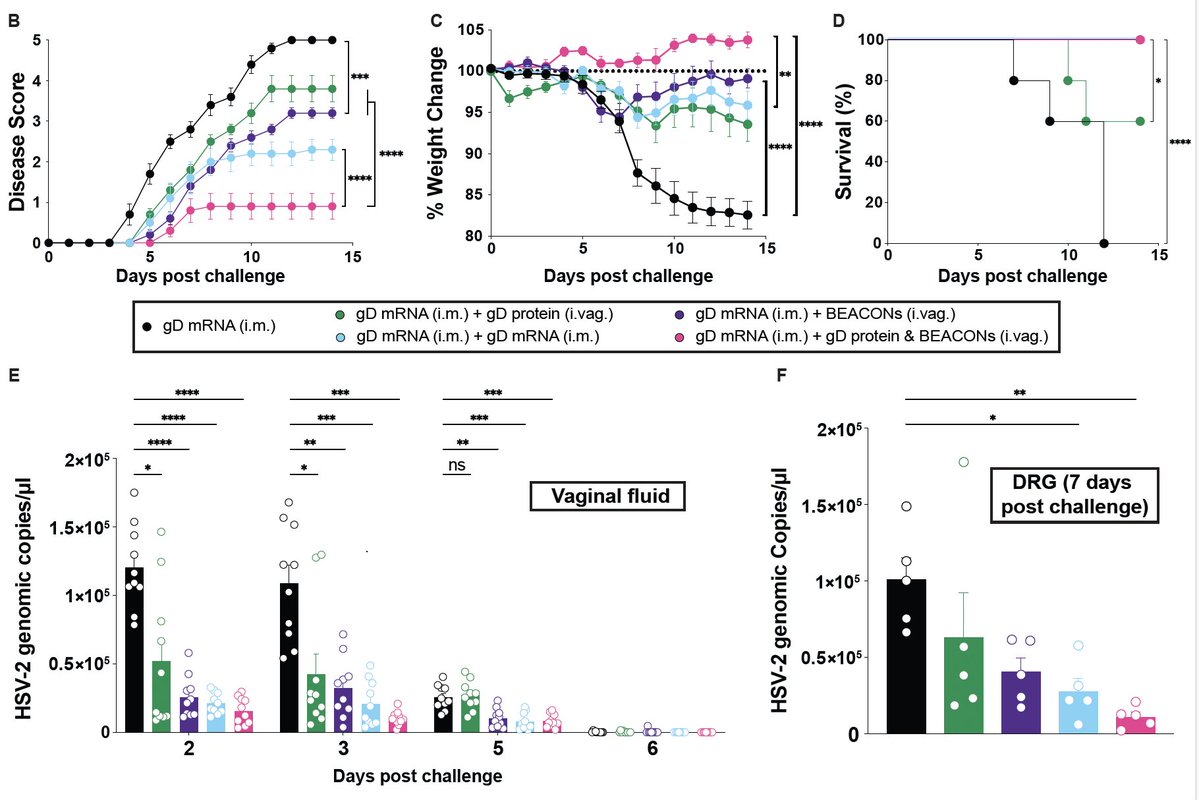So pleased to report that our Mount Sinai-Yale long COVID (MY-LC) paper with @putrinolab & others is now published!! Proud of the hard work of all who contributed. We found biological signatures that can distinguish people with vs. without #longCOVID (1/) nature.com/articles/s4158…
Question being asked: are there circulating cells & immune factors that are distinct in people with #longCOVID (LC) vs. those who recovered from COVID (convalescent control; CC) or those who never had COVID (healthy control; HC)? We studied 268 participants to address this. (2/) 

Most participants were infected during the first wave in 2020, and studied on average about a year after the infection. Most were not hospitalized at acute phase and ~2/3 were female. We examined plasma factors, blood leukocytes & antibodies to SARS2, other viruses & self (3/) 

Before we get to immune phenotype, the clinical symptom surveys by @PutrinoLab of these people alone were able to accurately differentiate those with vs. without long COVID with 94% accuracy. These survey instruments can be a great diagnostic tool for long COVID. (4/) 

What biological factors did we find? Key findings = people with long COVID had 1) lower circulating cortisol, 2) higher activated B and cytokine-secreting T cells, 3) higher anti-Spike IgG, 4) higher EBV reactive Abs. No significant differences in # of autoantibodies. (5/) 

Machine learning identified key immune factors that can distinguish those with long COVID. These factors included lower levels of cortisol, conventional DC1, central memory T and higher levels of EBV IgG, galectin-1, APRIL...etc. (6/) 

What does this mean? The study is exploratory and signal seeking, not hypothesis testing. It is a first step in identifying biomarkers that can be used in the future to diagnose long COVID. To get there, we still need to validate these markers in external cohorts. (7/)
What are limitations of the study? They include small sample size, only analyzed autoantibodies to exoproteome, no T cell specificity analyzed, insights from the earlier variants and may not apply to Omicron...etc. (8/)
What are the strengths? Deep clinical and biological phenotyping of closely and explicitly matched long COVID and control groups. External cohort validation. New insights on EBV reactivation and Th2 correlation, hormonal dysregulation suggestive of HPA axis defects. (9/)
This study is a result of incredible dedication and hard work by the MY-LC team, headed by Jon Klein, @wood_jamie_1 @_BlueJay3 @rahuldhodapkar @peowenlu @JeffGehlhausen @S_Tabachnikova and many others, with senior co-authors, @DavidvanDijk19, Aaron Ring & @PutrinoLab (10/) 

Most importantly, we are grateful for all the participants who contributed their time, effort, blood and medical information to better understand long COVID disease pathogenesis. Very grateful to all those involved 🙏🏽 (end)
• • •
Missing some Tweet in this thread? You can try to
force a refresh










